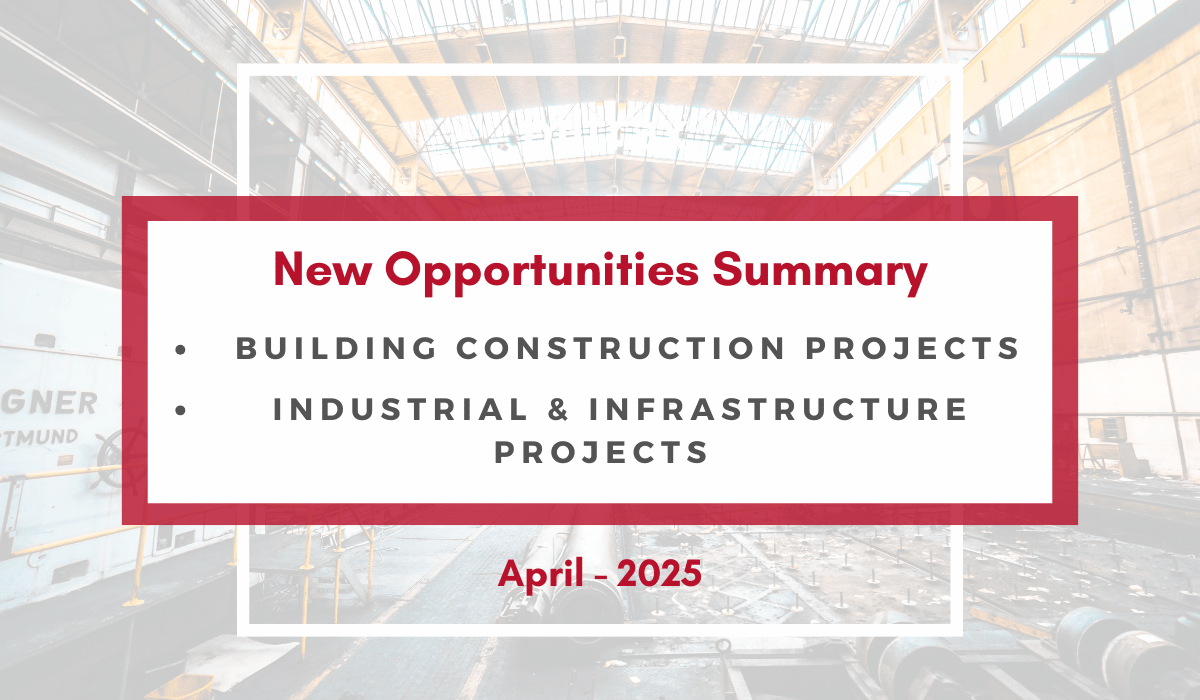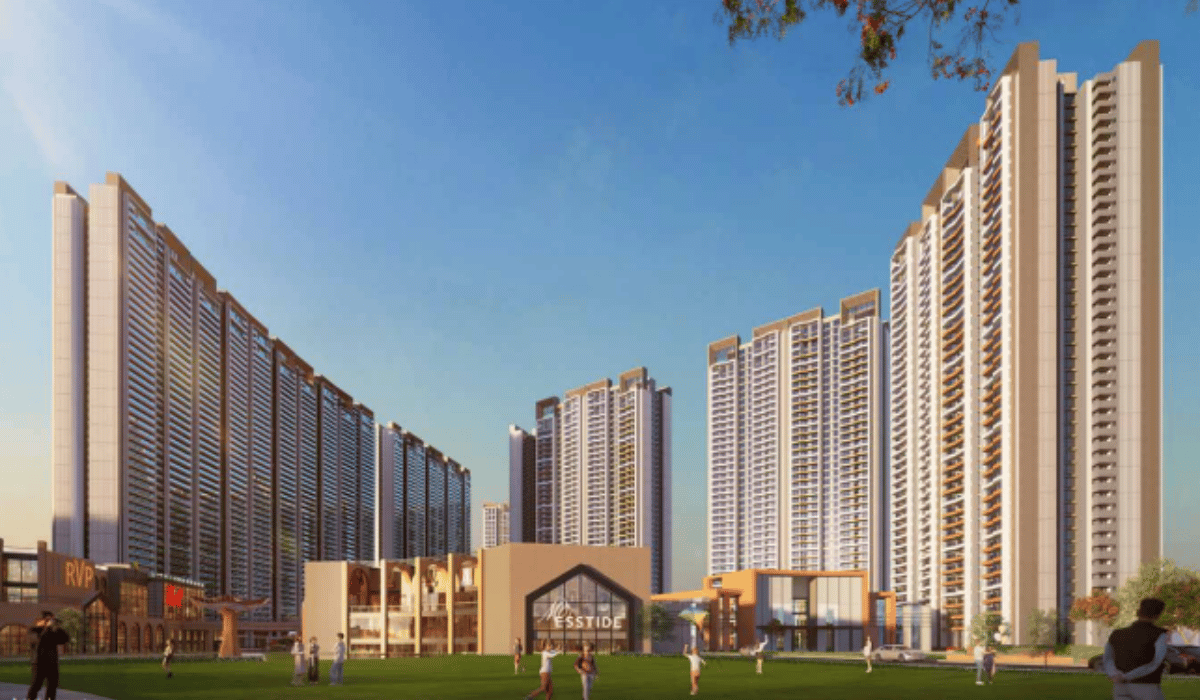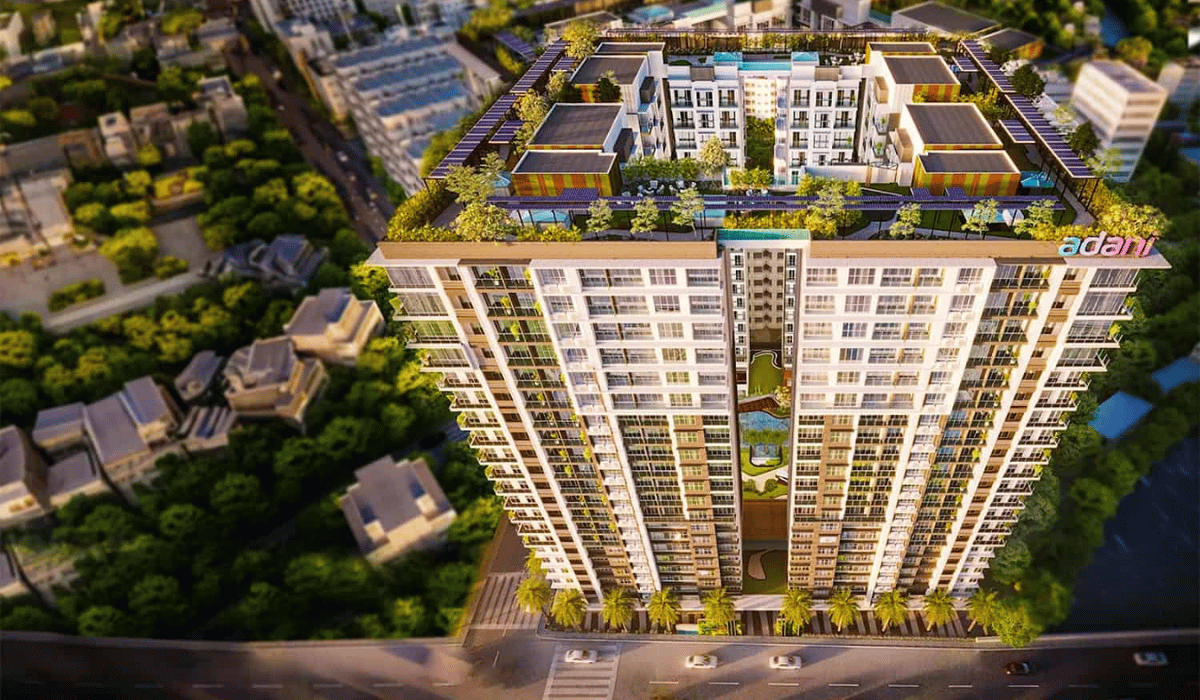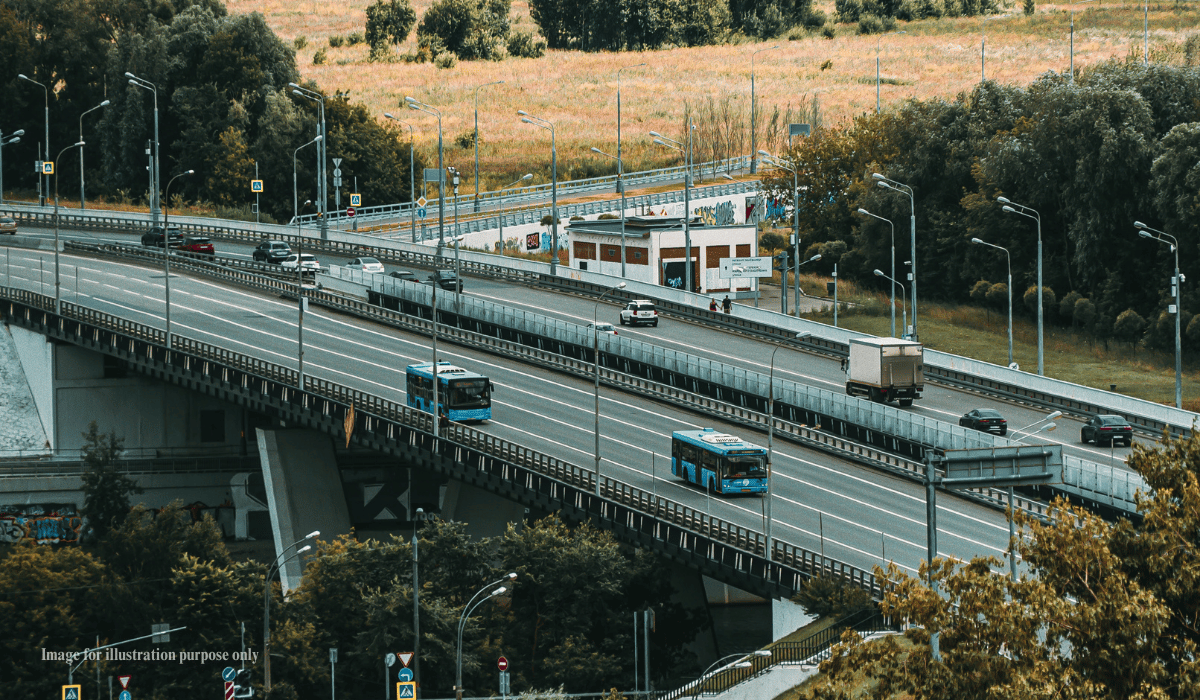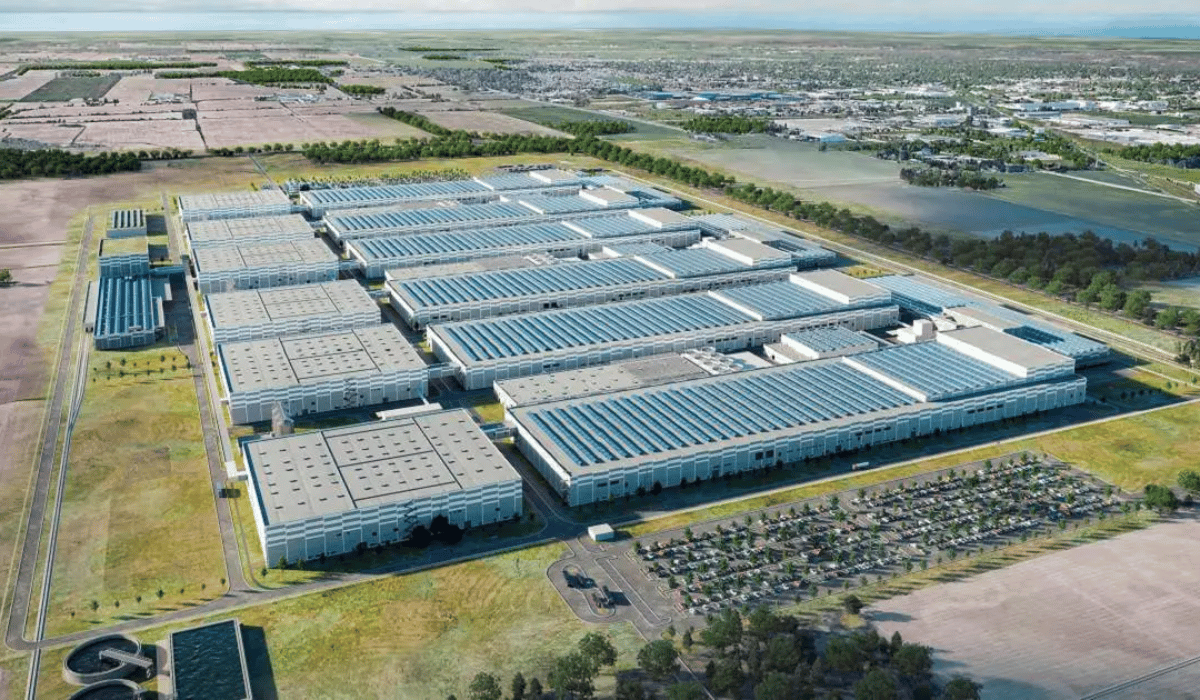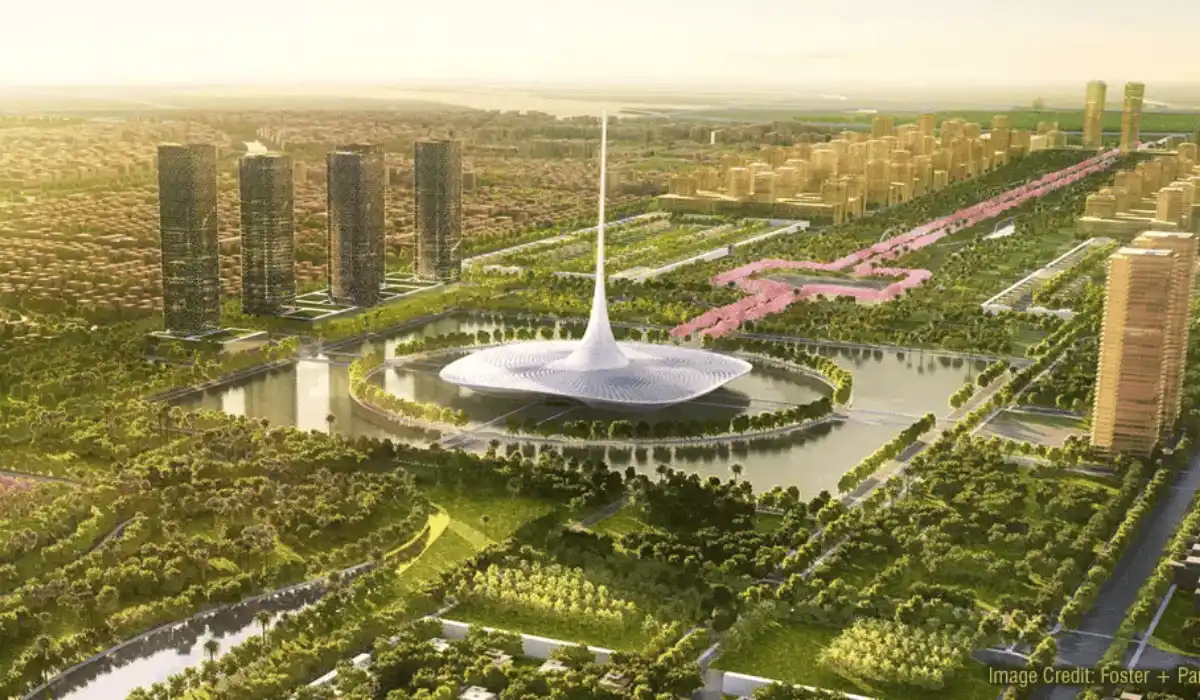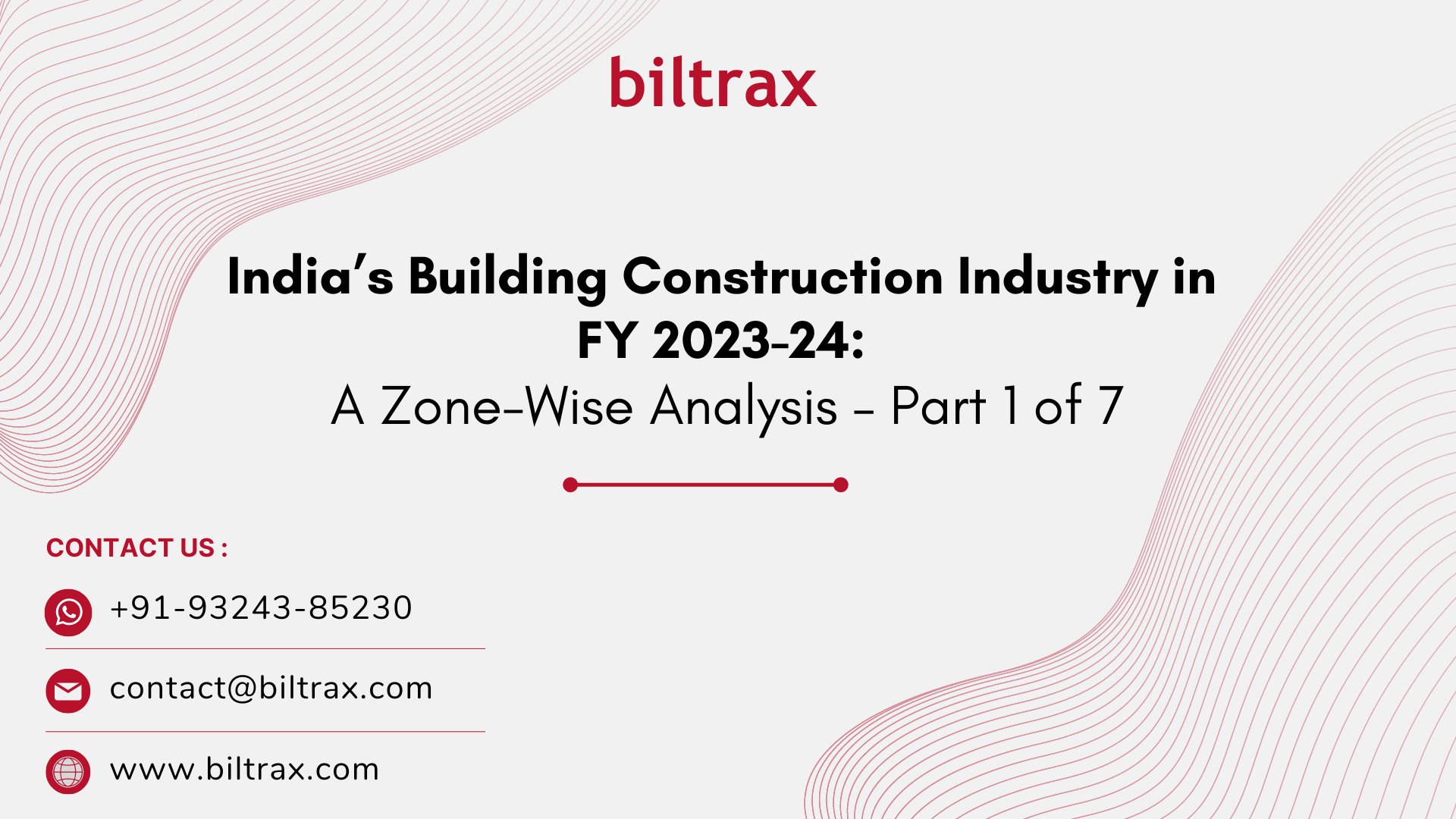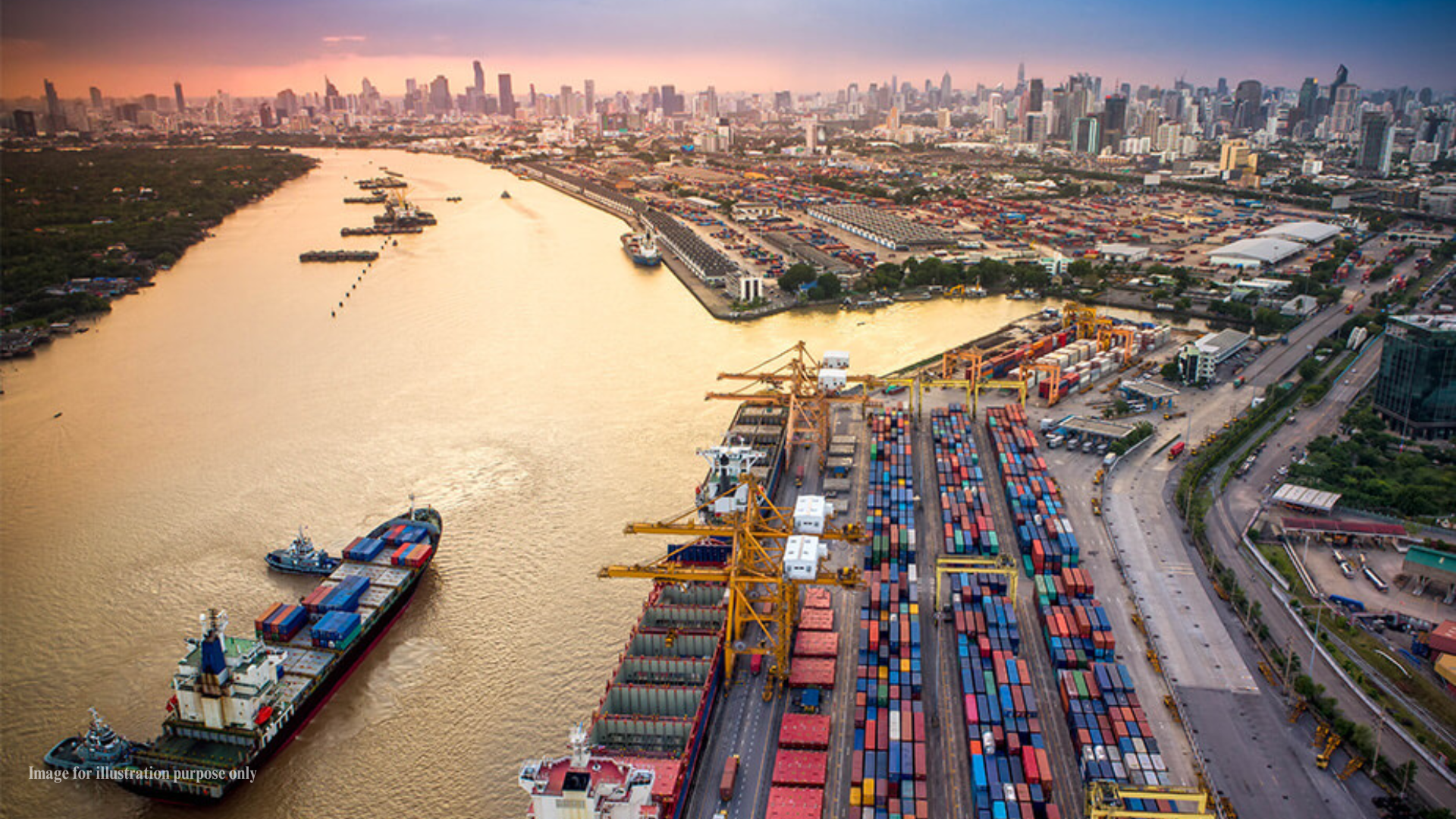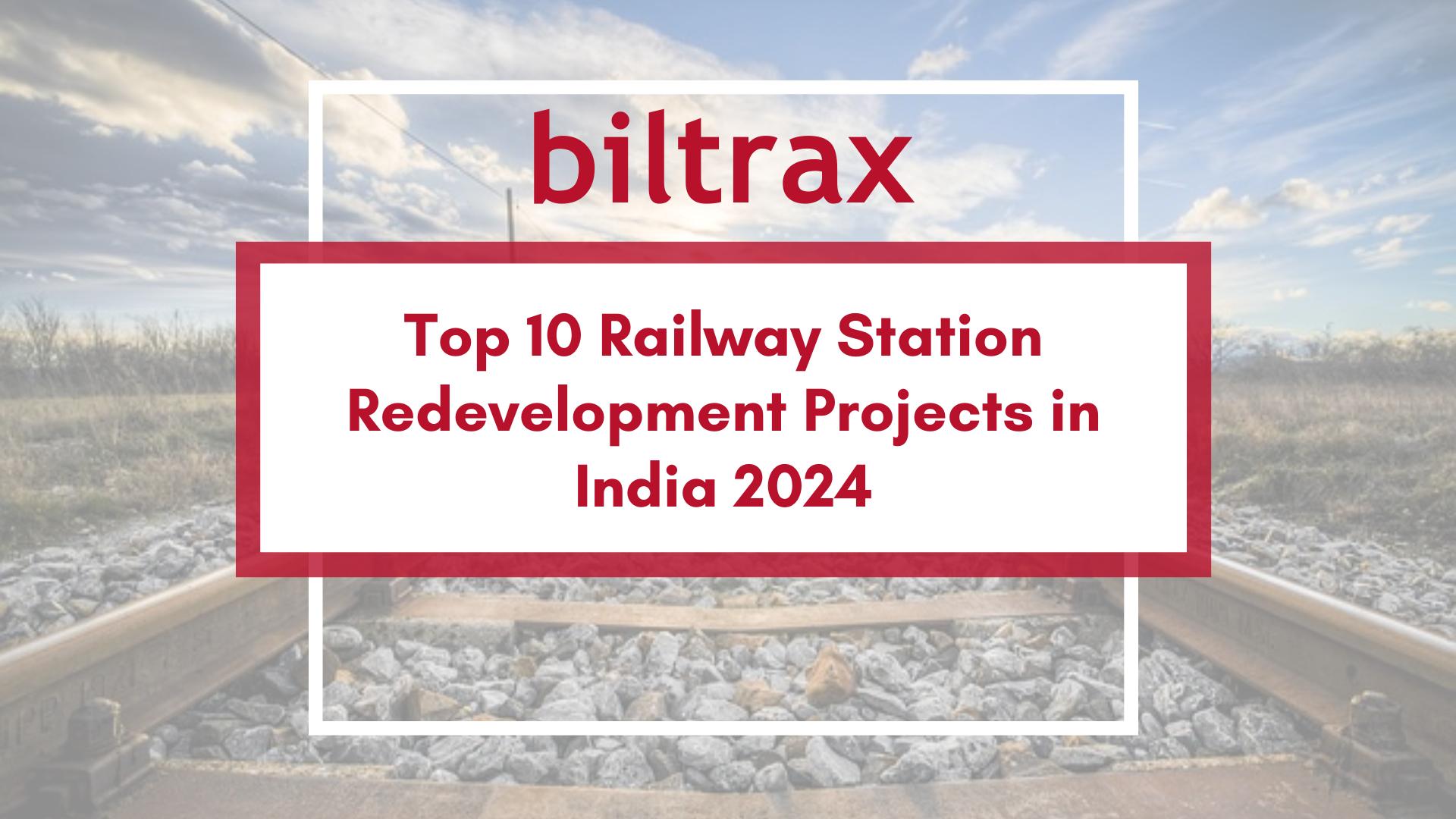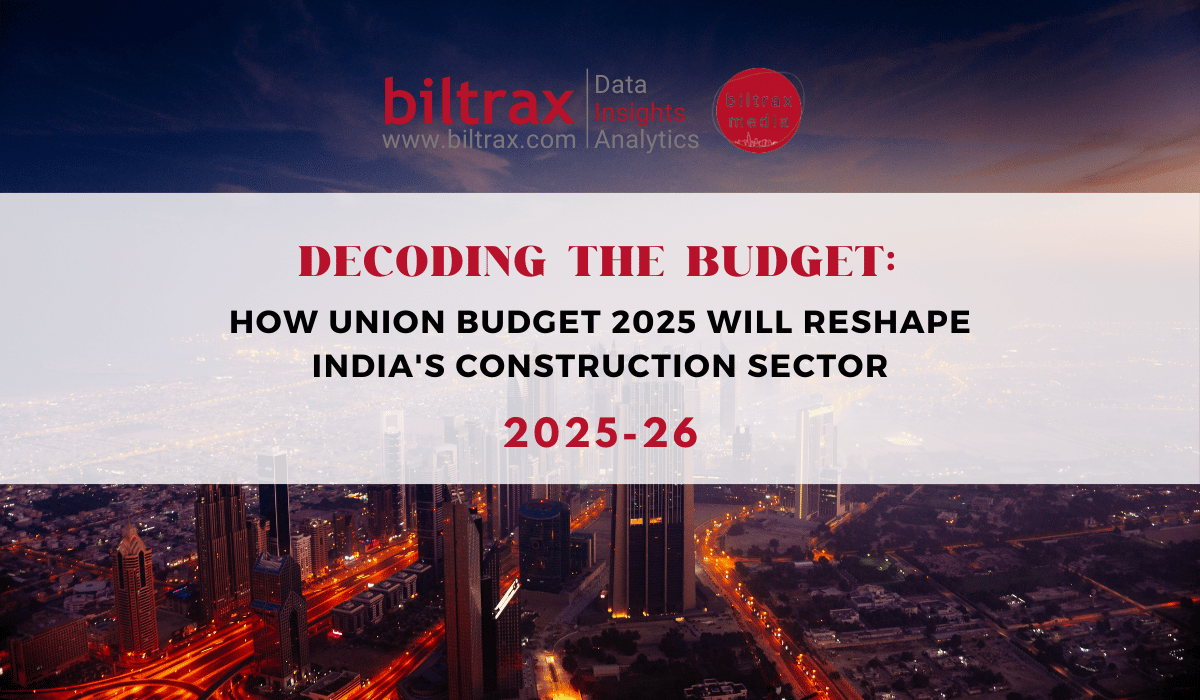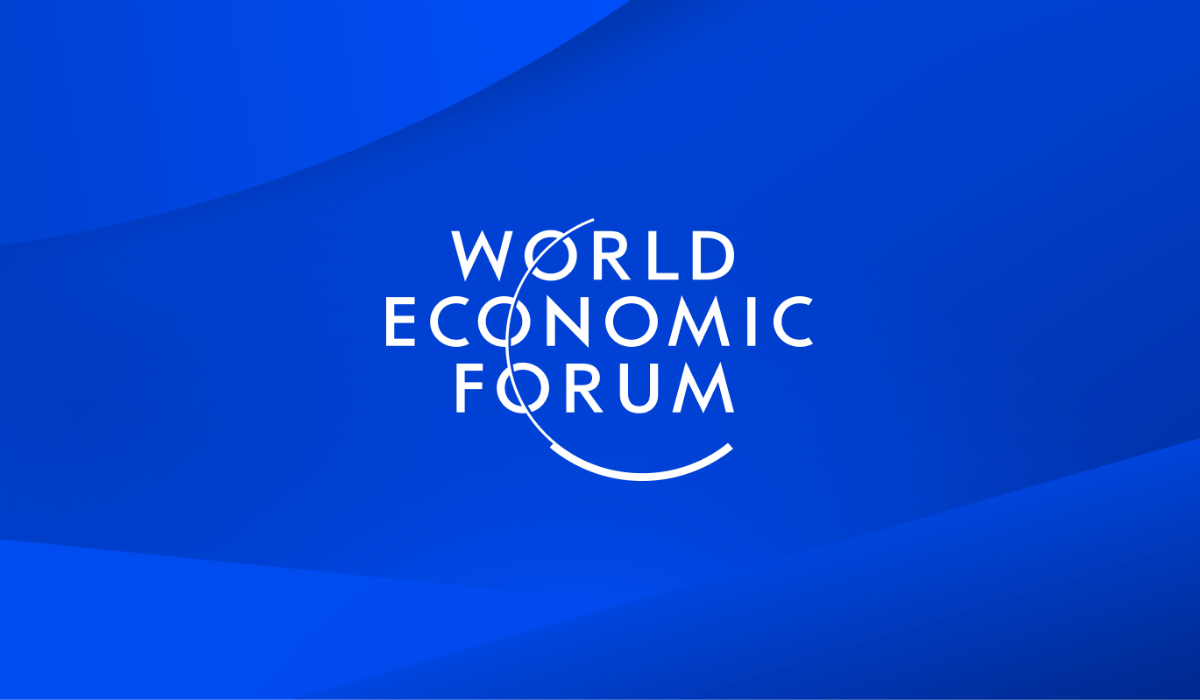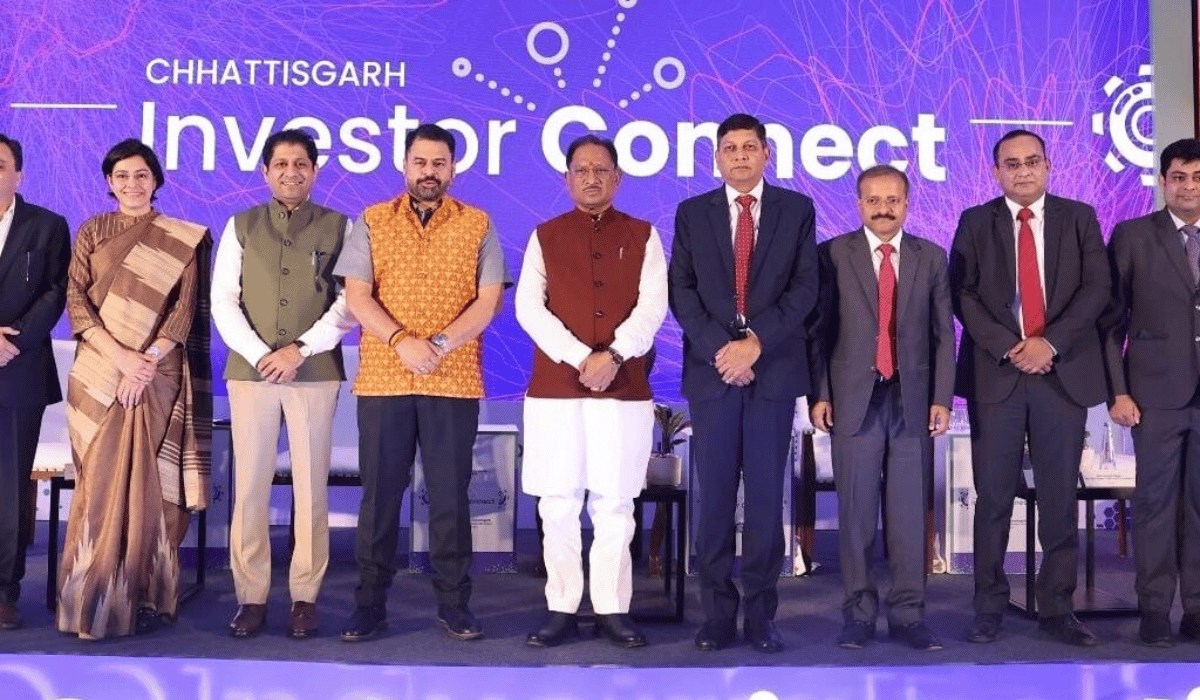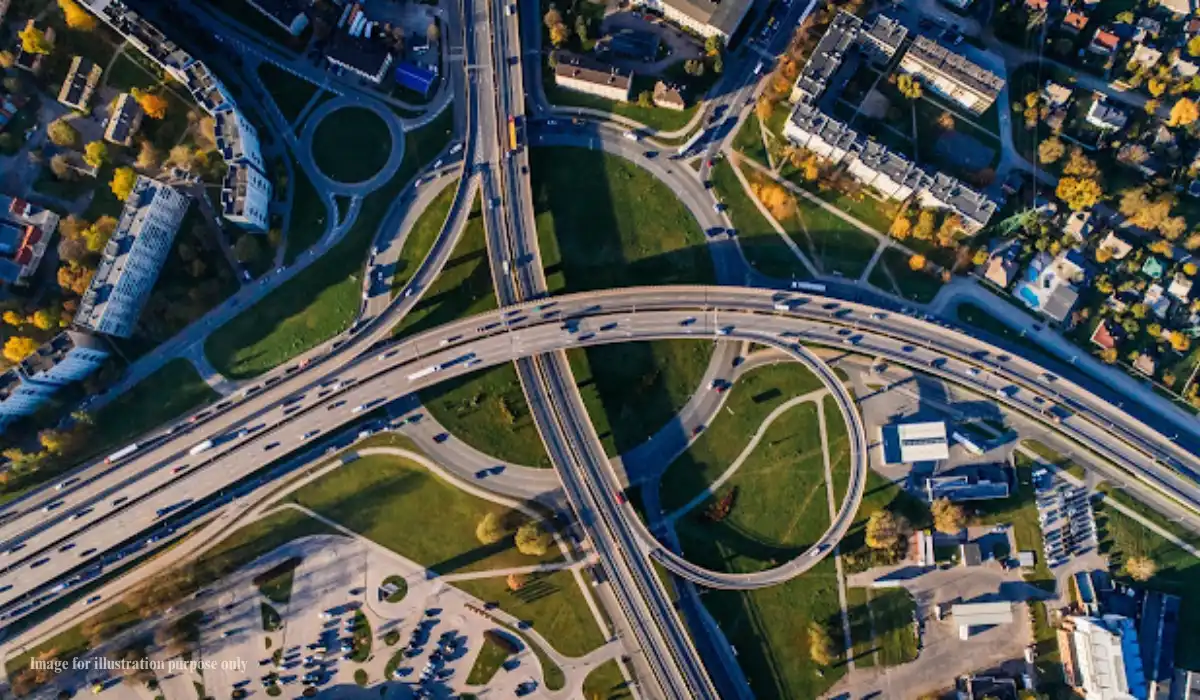Union Finance Minister Nirmala Sitharaman, On Friday, January 31, tabled the Economic Survey for FY 2024-25. The report provides an in-depth analysis of India’s economic progress, highlighting robust growth, sectoral performance, and transformative policy initiatives. As the nation continues its recovery from the pandemic, strategic reforms, technological advancements, and significant infrastructure investments have bolstered India’s economic resilience. The Survey further underscores India’s ongoing rise as a global economic powerhouse. It aims to position the country for sustained growth in the coming years.
Macroeconomic Indicators
India’s economy has demonstrated notable resilience, with GDP growth projected at 6.4% for FY 2024-25. Key indicators show strong domestic demand, improved industrial output, and a rise in foreign direct investment (FDI). These positive trends reflect the continued expansion of India’s economic base, despite global challenges.
The Economic Survey 2024-25 emphasizes the importance of domestic growth drivers and advocates for a balanced approach to energy transition, electric mobility, and public transport. It also stresses the need for enhanced education and skilling programs to capitalize on technological advancements, including AI.
Also Read: India’s Economic Growth at the World Economic Forum 2025: Key Investments
Industrial Sector: Strengthening the Growth Engine
The global manufacturing landscape has shifted significantly, with industries such as steel, cement, chemicals, and petrochemicals stabilizing industrial growth. Consumer-focused sectors, including automobiles, electronics, and pharmaceuticals, are emerging as key growth drivers. Furthermore, fostering R&D investments, driving innovation, and improving the formalization of smaller manufacturers will be critical for future growth.
State-level business reforms are expected to further stimulate industrial development. Achieving India’s vision of becoming a manufacturing leader will require sustained efforts from all tiers of government, the private sector, and educational and research institutions.
Key points in industrial growth include:
- The need for deregulation, innovation, and workforce upskilling.
- Emphasizing R&D investment as a cornerstone of global competitiveness.
- Support systems for sectors like textiles and MSMEs to foster development.
Key Input Industries
Cement:
India is the world’s second-largest cement producer, with an annual installed capacity of about 639 Million Tonnes. The Indian cement industry comprises 159 integrated large cement plants, 128 grinding units, five clinkerization units and 62 mini cement plants. Meanwhile, the domestic cement consumption is around 290 Kg per capita against a global average of 540 Kg per capita. The government’s focus on mega projects such as highways, railways, and housing schemes, alongside rural development and industrial growth, are expected to drive future demand.
Steel:
The steel sector has seen steady growth driven by infrastructure spending, with a notable increase in production and consumption during FY 2024-25. From April-November of FY25, the country’s crude steel and finished steel production registered a growth of 3.3% and 4.6%. The sustained growth in the steel sector was fuelled by ongoing development projects and increased public infrastructure spending. The primary drivers of steel demand include expansion in end-user sectors as well as the implementation of policies. These policies majorly include the National Steel Policy and Production-Linked Incentive schemes.
Government initiatives on housing, urban and rural infrastructure also contributed to the rising demand. During the last financial year, construction and infrastructure industries accounted for an estimated 68% of total steel consumption. The engineering and packaging industries followed with 22% contribution and automobiles at 9%.
MSMEs:
The MSME sector plays a crucial role in India’s economy. As of November 26, 2024, MSMEs have reported employing over 23.24 crore individuals, fostering entrepreneurship and job creation.
Automobile Industry
The Indian automobile industry plays a crucial role in the economic growth, offering a wide variety of domestically produced vehicles. As highlighted in the Economic Survey 2024-25, the industry recorded a 12.5% growth in domestic automobile sales, during FY24. Recognizing the sector’s potential, the government has extended the PLI Scheme by one year.
Electronics Industry
India’s electronics sector has grown significantly over the past decade in terms of production, exports, and imports. Domestic production of electronic goods increased from 1.90 INR Lakh-Crore in FY15 to 9.52 INR Lakh-Crore in FY24. This reflects a 17.5% CAGR. The country has also reduced its reliance on smartphone imports, with 99% of smartphones now manufactured domestically. Initiatives like Make in India and Digital India have boosted domestic manufacturing. The improvement in infrastructure, coupled with business-friendly policies and various incentives, has also attracted foreign investments.
Textiles Industry
The textile industry is a key employment driver, contributing around 11% to India’s manufacturing GVA. India is a leading producer of jute and ranks second globally in cotton, silk, and man-made fiber production. The country is also the sixth-largest exporter of textiles and apparel, accounting for about 4% of the global trade in this sector. After a peak of 44.44 USD -Billion in FY22, India’s textile and apparel exports, including handicrafts, totaled 35.87 USD -Billion in FY24.
Infrastructure Sector: Paving the Way for Growth
India’s infrastructure investment needs are substantial, and the government has prioritized this sector over the past five years. As per the Economic Survey 2024-25, the capital expenditure on major infrastructure sectors has risen by an average of 38.8% from FY 2020 to FY 2024. On an average, ministries related to infrastructure sectors utilised 60% of the budgeted capex during April to November 2024. Despite setbacks during Q1 FY 2025 due to elections and weather conditions, capital expenditure in infrastructure picked up pace from July-November 2024.

Key infrastructure developments include:
Railway:
The Economic Survey 2024-25 highlighted the expansion of railway networks has continued steadily, while the addition of rolling stock increased considerably.
Recent Developments in Railways
- Gati Shakti Multi-Modal Cargo Terminal (GCT): By October 31, 2024, authorities have commissioned 91 GCTs and approved 234 more locations for development.
- Major Economic Corridors: The government has identified 434 projects worth 11.17 INR Lakh-Crore across three railway corridors. These are mapped under the PM GatiShakti portal to ensure seamless implementation.
- Public-Private Partnership (PPP): 17 projects have been completed under the PPP model, with an investment of 16,434 INR-Crore. Additionally, 8 projects worth 16,614 INR-Crore are currently ongoing.
- Amrit Bharat Station Scheme: This initiative aims to enhance railway station amenities. So far, 1,337 stations have been selected for redevelopment, and work has begun on 1,197 of them.
Major Railway Projects
- Mumbai-Ahmedabad High-Speed Rail Project: Approved in December 2015, this 508 Km bullet train corridor, backed by Japan, has a revised cost of 1.08 INR Lakh-Crore. By October 2024, the project achieved 47.17% completion, with 67,486 INR-Crore spent.
- Dedicated Freight Corridors (DFCs): As of November 2024, 2,741 Km of the planned 2,843 km DFC network has been commissioned, marking 96.4% completion. DFCs have transformed logistics by boosting freight capacity while reducing interference with passenger trains.
Road Transport:
India’s road network spans over 63 Lakh-Km, including the National Highway (NH) network of 146,195 Km. NH network forms the arterial backbone of road transport network as it carries 40% of the country’s freight traffic.
The National Infrastructure Pipeline (NIP) was launched with a forward-looking approach, targeting a projected infrastructure investment of around 111 INR Lakh-Crore from FY20 to FY25. Currently, it encompasses over 9,766 projects and schemes across 37 sub-sectors.
Major Road Transport Projects
- Bharatmala Pariyojana: Launched in October 2017, it aims to develop 34,800 Km of National Highways. By 2024, approximately 76% of the projects (26,425 km) were awarded, and 18,926 km were constructed.
- Char Dham Mahamarg Pariyojna: By 2024, the government has developed 620 Km of the planned 825 Km highway network, connecting all four dhams.
- National High-Speed Corridors (HSCs): Authorities have expanded HSCs from 93 Km in 2014 to 2,474 Km in 2024.
- 4-lane and above National Highways (excluding HSCs): The total length has grown nearly 2.5 times, increasing from 18,300 Km in 2014 to 45,900 Km in 2024.
Civil Aviation:
Airport operators and developers, including the Airports Authority of India, have planned a capital expenditure of over 91,000 INR-Crore from FY20 to FY25. So far, 91% of this target has been achieved as of November 2024. Meanwhile, under the Regional Connectivity Scheme (UDAN), the number of operational airports has gradually increased, rising from 84 in March 2024 to 88 in December 2024.
Ports & Shipping:
Port capacity has significantly improved in FY 2024-25, enhancing operational efficiency and reducing the average container turnaround time. Additionally, the Sagarmala programme aims to fully harness India’s coastline and waterways, improving logistics efficiency. So far, the highest project completion rates under the programm were recorded in port modernisation and port-led industrialisation.
- Vadhavan Mega Port: With an investment exceeding 76,000 INR-Crore, this port, post completion will include 9 container terminals and multiple berths.
- Port-Led Industrialisation: The Union Cabinet has approved 12 new industrial smart cities with a total investment of 28,602 INR-Crore across 10 states. Furthermore, with 8 additional projects were sanctioned.
- Utilisation of Salt Lands: Around 25,000 Acres of salt lands have been identified to expand port sector infrastructure.
- PPP Projects: The Central Government has approved 98 PPP projects, including 23 captive projects, worth 69,800 INR-Crore (excluding the Vadhavan Port Project). Currently, 56 projects valued at 41,480 INR-Crore are operational, increasing port capacity by approximately 550 Million Tonnes per Annum (MTPA).
Power Sector:
As highlighted in the Economic Survey 2024-25, the power sector continues to expand, with a 7.2% year-on-year increase in installed capacity. The sector’s growth was driven by large-scale solar and wind initiatives. By the end of December 2024, the total renewable energy installed capacity increased by 15.8% year-on-year, reaching 209.4 GW, up from 180.8 GW in December 2023.
Information Technology:
India’s colocation data center capacity reached 977 MW in 2023, with an addition of 258 MW during the year. This reflects a 105% year-on-year growth. Moreover, the total data center capacity under construction for 2024-2028 stands at 1.03 GW, with an additional 1.29 GW planned. Meanwhile, the Indian data center market is projected to grow from 4.5 USD-Billion in 2023 to 11.6 USD-Billion by 2032, at a CAGR of 10.98%.
Rural Infrastructure
Jal Jeevan Mission (JJM): When launched in August 2019, only 3.23 crore (17%) of rural households had tap water connections. Since then, over 12.06 crore families have been added. The total coverage has thus increased to more than 15.30 crore (79.1%) out of approximately 19.34 crore rural households as of November 26, 2024. So far, eight states have achieved 100% coverage: Arunachal Pradesh, Goa, Haryana, Himachal Pradesh, Gujarat, Punjab, Telangana, and Mizoram. Three union territories—Andaman & Nicobar Islands, Dadra & Nagar Haveli & Daman Diu, and Puducherry—have also reached full coverage.
Urban Infrastructure
- PMAY-U: Since its launch in 2015, the Pradhan Mantri Awas Yojana – Urban (PMAY-U) has aimed to provide permanent housing in urban areas. As of November 25, 2024, 1.18 crore houses have been sanctioned, 1.14 crore were grounded, and over 89 lakh have been completed. PMAY-U 2.0 was launched in September 2024 to assist an additional one crore households. Currently, 29 states and union territories have signed agreements for its implementation. Moreover, 6 lakh houses were approved in FY25.
- Urban Transport: Metro rail and rapid rail transit systems are operational or under construction in 29 cities across India. Currently, 1,010 Km of metro rail is operational across 23 cities, with an additional 980 Km under development. As of January 5, 2025, 62.7 Km is operationalised.
- Atal Mission for Rejuvenation and Urban Transformation (AMRUT): Launched in 2015, AMRUT focuses on improving urban water management in 500 cities. Consequently, tap water coverage has increased to 70%, while sewerage coverage has risen to 62%. Additionally, the mission has created or enhanced water treatment capacity by 4,649 Million Liters per Day and developed 2,439 parks, adding 5,070 Acres of green space.
- Smart Cities Mission: Launched in 2015, this initiative aims to develop smart cities with robust infrastructure, high-quality living standards, and sustainable environments. As of January 13, 2025, 8,058 projects worth 1.64 INR Lakh-Crore have been proposed. Of these, 7,479 projects worth 1.50 INR Lakh-Crore are already completed.
- Real Estate Development (RERA): The Real Estate (Regulation & Development) Act, 2016 (RERA) has been implemented in all states and union territories except Nagaland. As of January 6, 2025, approximately 1.38 lakh real estate projects and 95,987 real estate agents have been registered under the Real Estate Regulatory Authority.
National Industrial Corridor Development Programme
The National Industrial Corridor Development Program aims to position India as a global manufacturing and investment hub through advanced industrial cities. In Phase 1, 383 plots covering 3,788 Acres were allocated across key sectors. These included: electronics, semiconductors, renewables, automobiles, pharmaceuticals, textiles, and apparel. Currently, industrial townships have been developed in:
- Dholera (Gujarat)
- Shendra Bidkin (Maharashtra)
- Greater Noida (Uttar Pradesh)
- Vikram Udyogpuri (Madhya Pradesh)
Meanwhile, work has commenced in four additional cities:
- Tumakuru (Karnataka)
- Krishnapatnam (Andhra Pradesh)
- Nangal Choudhary (Haryana)
- Dadri (Uttar Pradesh)
Furthermore, 12 new industrial cities have been approved for development, incorporating Industry 4.0 standards alongside the previously sanctioned eight projects.
Conclusion and Outlook
The Economic Survey 2025 reaffirms India’s position as one of the fastest-growing major economies. With a strong policy framework, rising investments, and technological advancements, the country is well-positioned to sustain long-term economic momentum. The government’s continued focus on infrastructure, manufacturing, as well as digital transformation will play a crucial role in shaping India’s growth story in the coming years.
Reference:
STATE OF THE ECONOMY: GETTING BACK INTO THE FAST LANE
Economic Survey 2024-25 Highlights
INDUSTRY: ALL ABOUT BUSINESS REFORMS
INVESTMENT AND INFRASTRUCTURE: KEEPING IT GOING

Biltrax Construction Data is tracking 31,000+ projects on their technology platform for their clients.
Get exclusive access to upcoming projects in India with actionable insights. Gain a further competitive advantage for your products in the Indian Construction Market.
Visit www.biltrax.com or email us at contact@biltrax.com to become a subscriber and generate leads.
Disclaimer: The information herein is based upon information obtained in good faith from sources believed to be reliable. All such information and opinions can be subject to change. Furthermore, The image featured in this article is for representation purposes only. It does not in any way represent the project. If you wish to remove or edit the article, please email editor@biltrax.com.
Discover more from Biltrax Media, A Biltrax Group venture
Subscribe to get the latest posts sent to your email.







